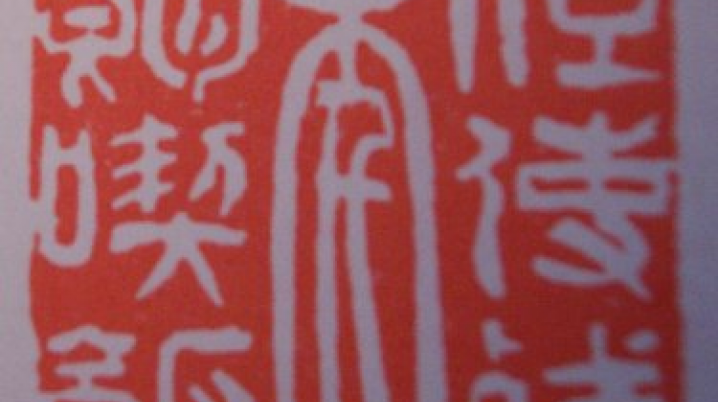
Exhibition 'Centenary of Xiling – Chinese Seals' in The Hague
'Centenary of Xiling – Chinese Seals': Xiling Seal Carving, Traditional Chinese Painting and Calligraphy Art Exhibition in Den Haag 2013
Date: 17 Dec 2013 to 16 Jan 2014
Opening Hours: 10.00-18.00
(Close on every Monday and 24,25,31/12 & 1/1/2014)
Venue: Boyuan Art House (Hillebrant Jacobsplein 1, 2515 XS Den Haag)
An exhibition featuring Chinese Seal, traditional Chinese painting and calligraphy will be commenced in December 2013. The “Centenary of Xiling – Chinese Seals;Xiling Seal Carving, Traditional Chinese Painting and Calligraphy Art Exhibition” is supported by the Embassy of the People's Republic of China in the Netherlands, hosted by the Xiling Seal Engraver's Society and co-organized by Boyuan Art House and B.T.E. Business European. The upcoming exhibition is organized for the purpose of enhancing cultural exchange between the Netherlands and China as well as for the benefit of individuals who are interested in traditional Chinese culture like Chinese Seal, traditional Chinese painting and calligraphy. An invitation for the opening of the exhibition will be sent out shortly.
Introduction into Chinese seals
Chinese seal is an important carrier of Chinese history and civilization, which has been commonly applied in social life for over thousand years. They serve as a personal signature of their owner, or more significantly, as the symbol of legitimacy for a ruler or a high social status. They are also often used on Chinese calligraphy works and Chinese paintings to indicate ownership. A good Chinese painter or seal maker must be a good Chinese calligrapher because Chinese painting and seal making both have a strong root in Chinese calligraphy. A collection of artworks including Chinese seal, calligraphy and traditional Chinese painting from Xiling Society's artists will be shown in the exhibition.
History of Chinese seal engraving
Chinese seal engraving can be traced back to more than 3,000 years ago to the Shang Dynasty when the inscriptions on tortoise shells and bronze were available for recording happenings and ideas of human being. The early Chinese seals were in the form of engraved pictographic characters and simple decorative patterns. From archeological finds, bronze seals engraved with pictographic characters are known to have existed in the Shang Dynasty. Some of those crudely made seals, though not matured in a high art form, are indicative of the simplicity of beauty found in early civilization of China.
Function of Chinese seals
Chinese seals perform a simple, uniform purpose. They serve as a personal signature of their owner, or more significantly, they serve as the symbol of legitimacy for a ruler or a high social status. The use of seals in China originated during the Spring and Autumn and Warring States Periods. There was a need for a formal system to record and preserve records of economic, military, and administrative functions. The development of Chinese seals, either from function or artistic forms, went on from craftspeople and artisans to the emperors and all walks of life.
Until the end of the Warring States Periods, there was only one way to classify seals – official and private, regardless of their use and material.
The esthetics of seal engraving
Seal carving is an integration of limitation and infinity. A seal's physical size and space are totally unproportionate to its spiritual content in a condensed art form. The meaning it intends to express is often extremely delicate and abstruse. Under the carving knives of outstanding seal engravers, dots, lines, raises, concaves, sparsity, density, punching, and cutting have all become demonstrative elements in highly abstract forms.
A good seal stamp on a Chinese calligraphy or painting work will give the artwork a new look. A good Chinese painter or seal maker must be a good Chinese calligrapher because Chinese painting and seal making both have a strong root in Chinese calligraphy. However, a good Chinese calligrapher does not necessarily need to be a painter or seal maker. Nowadays people seem to neglect the strict rules of putting seal stamps on calligraphy and painting works in appropriate positions due to lack of study.
Xiling Seal Engravers’ Society
Xiling Seal Engravers’ Society was founded in 1904, in order to “preserve metal and stone, study engraving, painting and calligraphy”. It is known as the most successful and influential academic community in China and abroad. In September 2009, UNESCO has listed the Xiling Seal Engravers’ Society in the world’s intangible cultural heritage.
Guidance Unit : Chinese Embassy in the Netherlands
Organizers: Xiling Seal Engraver's Society / Boyuan Art House / B.T.E. Business European

